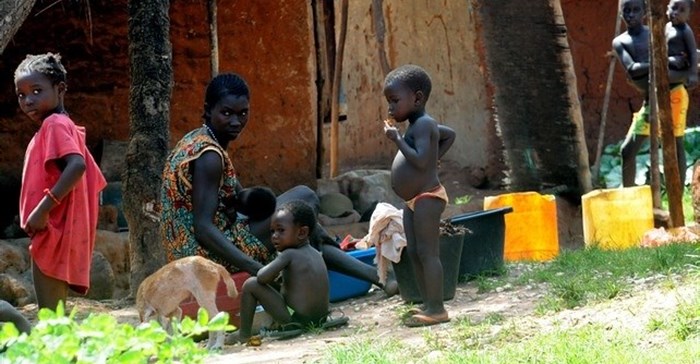
According to the latest State of Food and Agriculture Report of the Food and Agriculture Organisation of the United Nations (FAO), the share of people living in extreme poverty has fallen substantially, but progress has been uneven, and in sub-Saharan Africa little progress has been made. The report states that about 78 percent of the extremely poor live in rural areas. The poor derive an important share of their income from on-farm activities where Namibia serves as a good example with some 73 percent of the population being dependent on agriculture for their livelihood.
At least 2.1 billion people, about one-third of the population, receive some form of social protection, but the poorest are often not reached. Coverage varies among regions, and is lowest in regions where poverty incidence is highest. The report also found that many programmes do not target the poor, and only about 1/3 of the extreme poor receive social protection. Furthermore, social protection programmes prevented about 150 million people worldwide from falling into extreme poverty in 2013.
According to the report, social assistance programmes provide the most common form of social protection in most regions, and globally, social assistance programmes reach at least 24 percent of the extremely poor - more than other types of social protection (social insurance and labour market programmes reached about 3 percent each).
The available evidence shows that social assistance reflects the rural-urban poverty divide: rural households are more likely than urban households to receive social assistance and within rural areas poorer households are more likely to receive social assistance than higher-income households.
The report concludes that overall, US$329 billion was spent globally on social protection between 2010 and 2014: in aggregate this is twice the amount needed to close the poverty gap for those living with less than US$1.25 per day.
At the regional level, the cost of eliminating the poverty gap over the 2016-30 period is, on average, less than 0.1 percent of GDP each year in East Asia, Latin America and the Caribbean, and the Middle East and North Africa, and 1.6 percent in South Asia. In sub-Saharan Africa, the cost is 5.3 percent of GDP and in 14 countries of this region, including Namibia, the cost would exceed 10 percent of GDP.
On average, spending on social assistance constitutes 1.6 percent of GDP for middle-income countries and 1.5 percent for low-income countries.

AllAfrica is a voice of, by and about Africa - aggregating, producing and distributing 2000 news and information items daily from over 130 African news organisations and our own reporters to an African and global public. We operate from Cape Town, Dakar, Lagos, Monrovia, Nairobi and Washington DC.
Go to: http://allafrica.com/